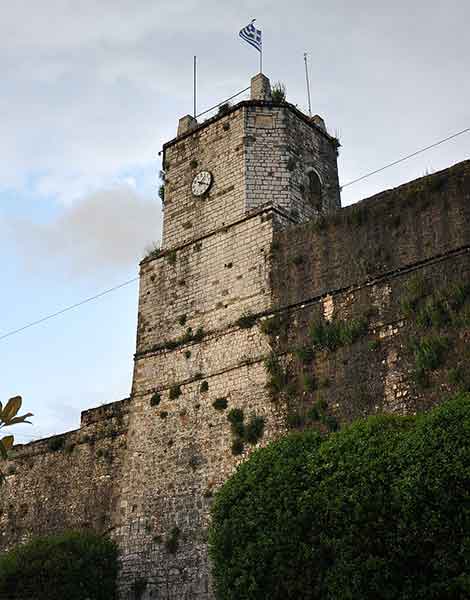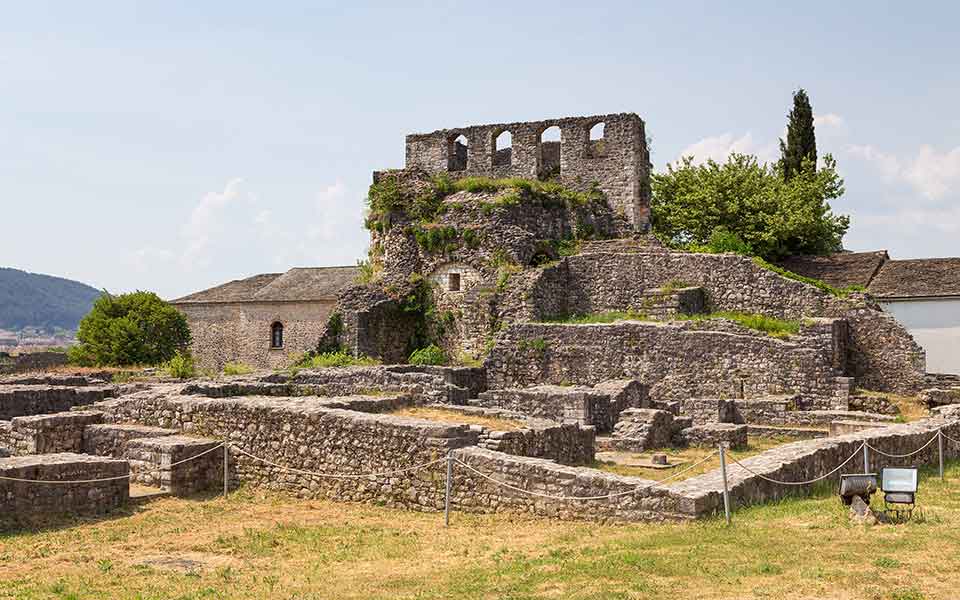Ioannina Castle in Epirus, northwest Greece, is now fully accessible to wheelchair users and visitors with visual impairments. The castle, which incorporates the fortified Old Town of Ioannina, dates back to the late Ottoman period and the time of the infamous Ali Pasha, who ruled over the city and its environs from 1788 to 1822.
The recent works, which include the addition of wheelchair ramps and the creation of new routes with markings for the visually impaired, were carried out following a series of assessments by the relevant authorities of the Region of Epirus and the Municipality of Ioannina, approved by the Central Archaeological Council.
In addition, restoration works were carried out at the northeastern citadel, dating to the 10th and 11th centuries, linking it to its southeastern counterpart, known as “Its Kale.” The two citadels, the archaeological site and the castle now form a single monumental complex.
In a statement by the Minister of Culture, Lina Mendoni said, “the improvement of accessibility is a necessary condition for the upgrading and functional integration of the Castle into the urban fabric of the city. The unification of the two fortresses and the creation of a single archaeological and cultural site is the subject of the Strategic Development Plan prepared by the Ministry of Culture and Sports, in collaboration with the Municipality of Ioannina for the promotion and sustainable use of the Castle of Ioannina as an emblematic monumental complex.”


“Well-fortified” City
Ioannina is believed to have been founded in the 6th century AD. The historian Procopius (ca. 500-565 AD), in his extensive writings on “The Buildings” (De Aedificiis) of the Byzantine empire, recorded the construction of a new, “well-fortified” city by the emperor Justinian I, who ruled from 527 to 565 AD. The site may have been built on top of an even earlier Hellenistic settlement, dating to the 4th-3rd centuries BC. While the castle itself largely dates to the late Ottoman period, it incorporates much earlier architectural elements from Byzantine times.
From the 11th century onwards, Ioannina and its people endured a tumultuous history, changing hands between the Byzantines, Normans, Serbs, Florentines, and, eventually, the Ottoman Turks, who conquered the city in 1430. Nevertheless, its occupants enjoyed a considerable degree of prosperity during this period, especially during the time of Ali Pasha, who made extensive modifications and repairs to the city’s fortifications. Ioannina remained under Ottoman rule until it was captured by Greece in the First Balkan War in 1913.












